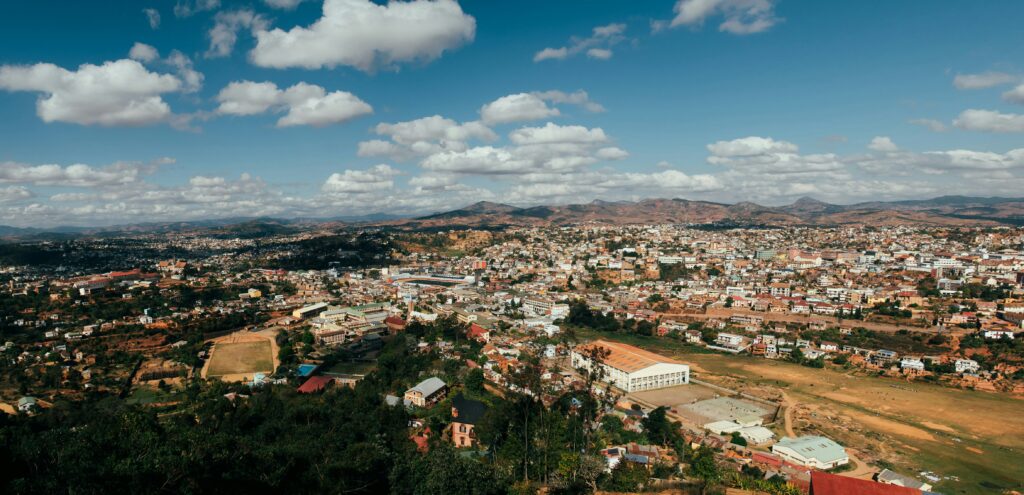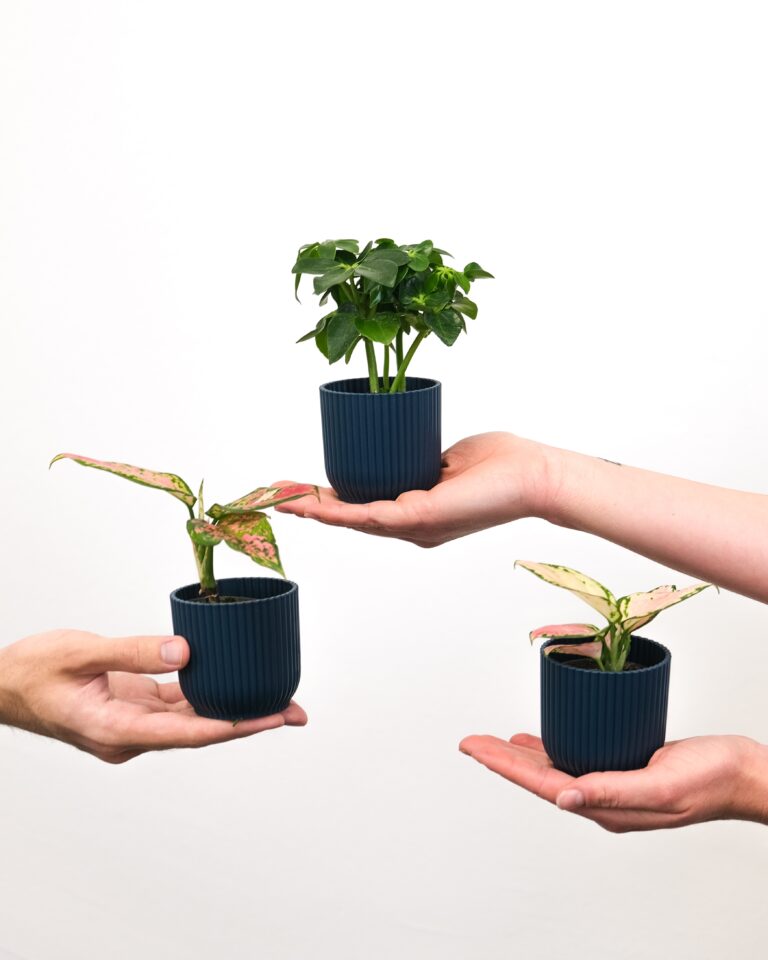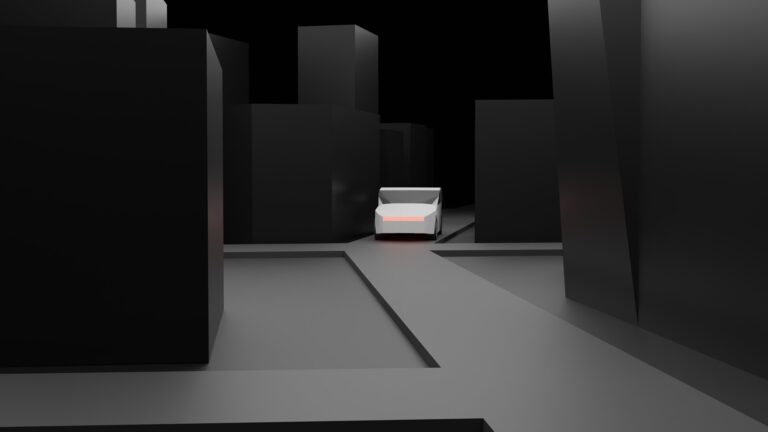How Your Worldview Expands With Every Observation you Make
Worldview, Seen From Where I Stand

I used to think “worldview” was a big academic word that belonged in textbooks. Now I see it as a simple, everyday lens I carry with me. It is the way I take in what is around me. It is the picture I build from what I see, hear, touch, and notice. My worldview is not fixed. It widens and sharpens every time I pay closer attention.
When I step outside in the morning, my world starts right at my feet. I notice the temperature on my skin, the brightness of the sky, and the sounds that ride the air. A truck idles in the distance. A bird calls from a rooftop. A neighbor waves. These inputs do not stay separate for long. My mind pulls them together into a picture that says, “This is the world right now.” That picture is my worldview in this moment.
Worldview is not the whole universe. I make a clear line between the world I can directly observe and everything that lies far beyond it. On most days, my “world” is the street in front of me, the faces I see, the weather I feel, and the patterns I can trace with my own senses. Telescopes and data can extend my reach, but I still ask a simple question: How close is this to something I can verify with my own eyes and ears? Keeping that question alive helps me stay honest about what I truly know.
Worldview also has edges. Edges are the limits of what I can perceive right now. Fog can hide a mountain that I know is there. A wall can block a scene that is still happening on the other side. My position on the sidewalk changes what I can see at a crosswalk. These edges matter. If I forget I have edges, I start to act like I see everything. I do not. None of us do. Remembering my edges makes me more careful, more curious, and more willing to move for a better view.
If worldview starts with perception, then attention is the practice that strengthens it. Attention is a choice. I can rush past details, or I can slow down enough to let them land. The more I observe, the richer my picture becomes. I find that naming what I notice helps: the smell of rain on warm pavement, the hum of a vehicle, the way shadows fall at noon. Naming turns raw input into something I can recall and use later. It also keeps me in the present long enough to see what I might have missed.
At times, devices extend my sight. A camera lets me frame a scene and study it again. A sensor picks up signals I cannot detect on my own. These tools can be helpful, but they also add layers between me and the thing itself. When I use them, I ask how the tool might distort the view. A wide-angle lens can make a small space look larger. A microphone can amplify one voice and drown out another. I respect the help, but I do not forget the cost.
I accept that my vantage point is always unique. Even when I stand next to someone, our views are not identical. Our heights differ. Our focus lands on different features. My eyes go to the horizon; yours may land on the small crack in the sidewalk. There is overlap, but not sameness. That is not a problem. In fact, it is an advantage. When I listen to what someone else sees, I gain access to details that were outside my frame. The street gets deeper. The picture gains texture.
This matters when the scene is complex. Consider a busy city square. Cars, bikes, and people move at once. If I stand at one corner, I will notice certain patterns. If I cross to the opposite corner, those patterns change. My worldview updates. Neither view is wrong. Both are partial, and each one grows the whole. The more angles I visit, the more complete my understanding becomes.
Another practice that helps is to separate direct observation from inference. Observation is what I witness with my senses. Inference is the story I tell to connect the dots. Both are useful, but I try not to confuse them. When I say, “The clouds are dark and low,” I am keeping to what I see. When I add, “It will rain in ten minutes,” I have stepped into inference. It might rain. It might not. Marking that shift keeps me alert to where my certainty ends and my prediction begins.
Skepticism has a place here too, especially with facilitated information. I often see claims about distant events made through long chains of devices and edits. I paused and asked basic questions: Who observed what? With which tools? What was filtered out? If the answer is, “We processed the data and discovered X,” I value the result, but I know I am several steps removed from the original scene. I label these claims “beyond my daily horizon” until I can cross-check them.
Still, I do not want to become narrow. My goal is to be a worldview that is both grounded and open. Grounded means I can point to the source of my belief in a specific observation. Open means I am willing to revise the picture when new, better observations arrive. Grounded without openness turns rigid. Openness without grounding turns vague. The balance takes practice.
Sometimes the world expands because I move. I walk to a different street. I entered a new building. I sit in a quiet park. Each place adds elements I could not see before. Other times the world expands because I look again at what is familiar. I notice a pattern in the way sunlight bounces off a window at a certain hour. I pick up on the rhythm of traffic where two roads meet. The ordinary is full of fresh information if I treat it like a living scene, not a static backdrop.
I keep a small set of habits that make my worldview more accurate and more generous:
- I scan from near to far. I start close, then move my eyes to the middle distance, and finally to the far edge of what I can see. This simple sweep prevents tunnel vision.
- I switch angles. I take two steps left, two steps right, or cross the street. A tiny move can reveal a detail that changes the whole picture.
- I cross-check senses. If I see smoke, I look for the source and test whether I can smell it too. If I hear a siren, I search for its path to confirm direction and distance.
- I repeat observations. One glimpse can mislead. Two or three passes, spaced out in time, reduce the chance of error.
These are not hard rules. They are ways to remind myself that my “world” is built from what I perceive and that I can improve that perception with simple moves. The result is a lens that is clearer, kinder, and closer to the truth.
There is also joy in a careful worldview. Noticing more does not only make me more precise; it also makes ordinary life richer. A familiar block becomes a map of textures and sounds. A short commute becomes a study in changing light. Even a quiet room offers a lot if I let it. The click of a fan. The faint glow from a distant screen. The way a shadow slowly slides across a table. None of this is dramatic. It is simply real. Paying attention turns “the world” into something I get to explore every day.
When the scene is uncertain, I slow down. I do not rush to explain what I cannot see. I give myself time to gather better input. I also ask others what they observe. If three of us describe the same corner from three angles, we will almost always gain something useful. The shared map is rarely perfect, but it is more stable than any single view.
In the end, my worldview is practice, not a prize. I do not expect to “arrive” at a final, complete picture. I expect to keep refining how I look, listen, and verify. That feels honest and human. It keeps me curious. It keeps me learning. And it keeps me connected to the actual world that is always right in front of me, waiting for me to notice.
Three questions to consider
- Where does your current field of view end, and what small move would expand it today?
- What detail in your everyday “world” have you ignored that deserves a second look?
- When did you last separate an observation, you made from the story you told about it?


